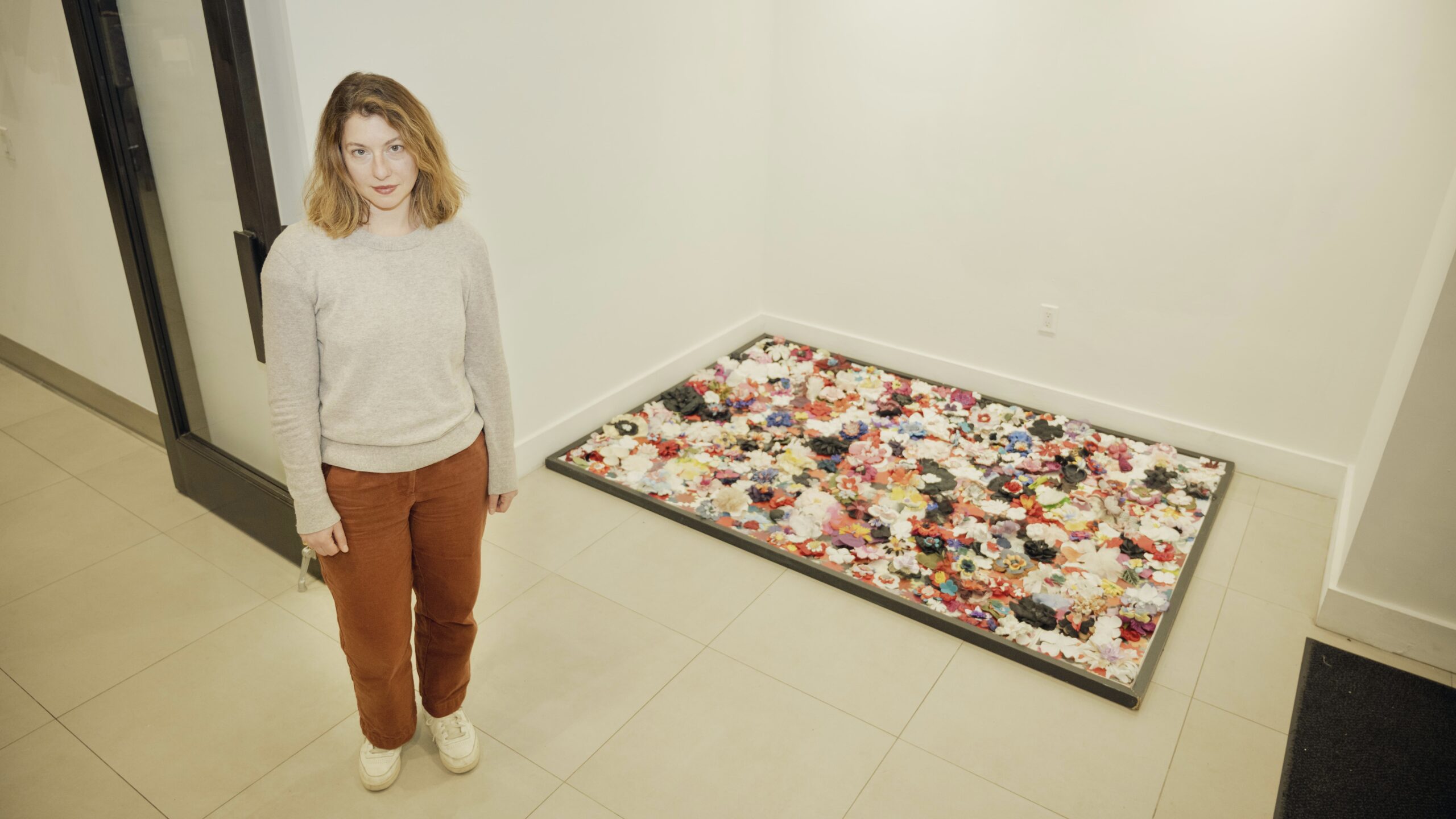For the seventh consecutive year, The New School has topped a U.S. News and World Report list for national universities with the largest percentage of international students. In the 2012-2013 academic year, international students comprised 29 percent of the undergraduate student body.
Undergraduate and graduate students gravitate to the New York City campus from 108 countries around the globe, with the largest percentages originating from South Korea, Canada, and China, according to the university’s 2012 Fact Book.
“South Korea, China, India, Canada, and many countries in Latin America are excited about The New School and eager and driven to meet and exceed the requirements of admission,” said Chris Ferguson, associate vice president for strategic enrollment management, in an email to the Free Press. “As a result, we are fortunate to be a part of a highly diverse educational community that truly has the opportunity to address global challenges and instigate change.”
Oh-Kyung Jang, a senior arts and context student at Lang, moved to New York from her native South Korea. She said that attending school in the United States has challenged her preconceptions.
“I used to think that there is not much cultural difference. Although everyone talks about it, I just thought there were differences in food, or costumes, or language,” she said. “I felt like I wasn’t open to different perspectives, until now.”
The university’s international outreach includes a variety of strategies, such as on-site visits abroad, social and digital media campaigns, online competitions designed to teach prospective students about the university, tour programs, and a private social networking website for admitted students, according to the department of enrollment management.
Some divisions of The New School boast more international students than others. In 2012, 28 percent of Parsons’ 4,260 students came from outside of the United States, whereas 5 percent of Lang’s 1,457 students were during the same year.
Despite having a lower number of international students than Parsons, Lang prides itself on representing a different form of diversity, said Lang Dean Stephanie Browner. Last year, 39 percent of Lang students received Pell Grants, which are need-based awards granted to undergraduate students from low-income families.
“That makes us incredibly socioeconomically diverse nationally,” Browner said, “the only schools that have large populations of Pell students are usually community colleges.”
When discussing why The New School attracts students from diverse economic backgrounds, Browner said that a strong social justice mission and seminar style classes may explain why students choose to enroll at Lang.
“All the studies show that students learn more and more deeply if they are with peers who are diverse, that we learn through cognitive dissonance, which means you have to get ideas that are unfamiliar to you,” she said. “People have to come from all walks of life, including all socioeconomic backgrounds. That’s why we value being international. Parsons is very international and Lang is very socioeconomically diverse.”
Editor-in-Chief | Alexandra hails from Virginia Beach, VA and is a senior in Culture and Media Studies at Lang, with a minor in Journalism. She is interested in both data journalism and innovations in new media. See what else Alexandra is up to on Twitter!








Leave a Reply